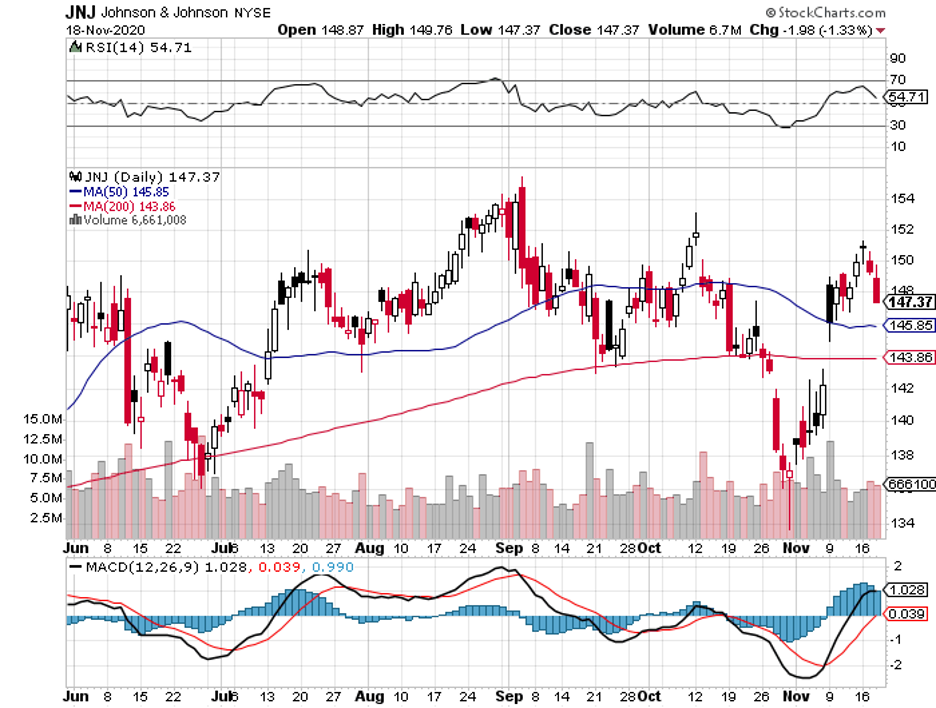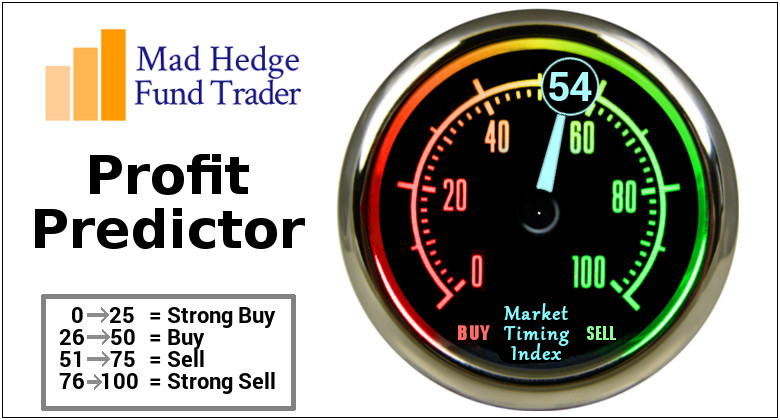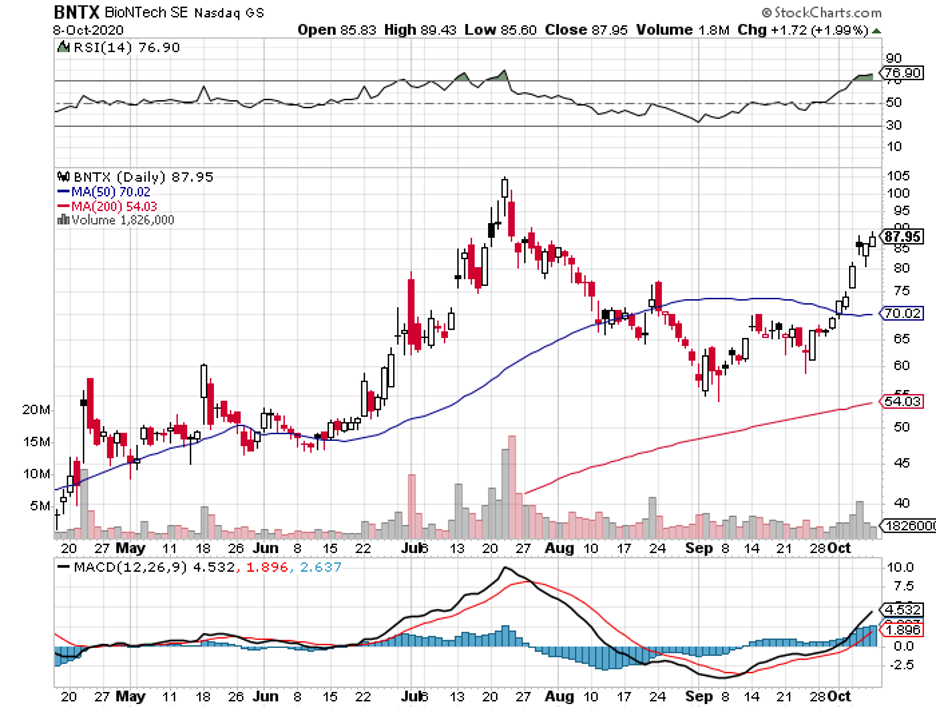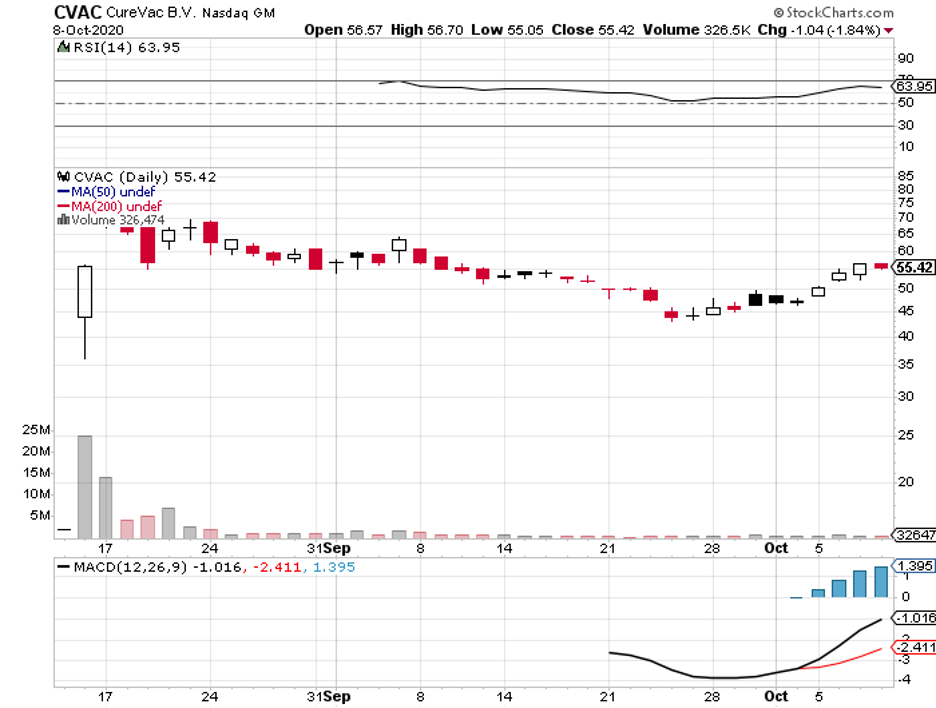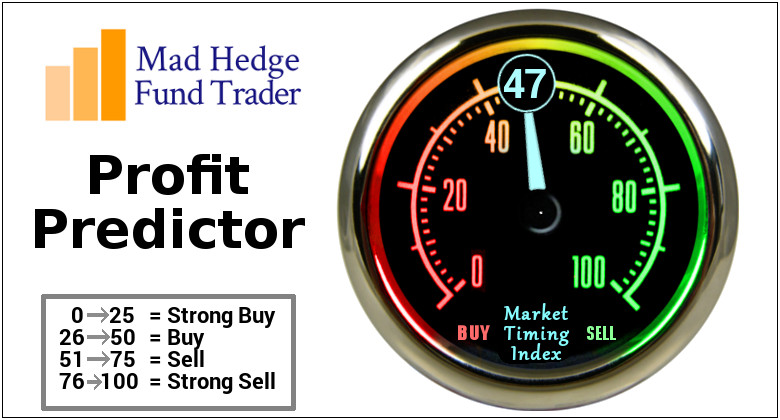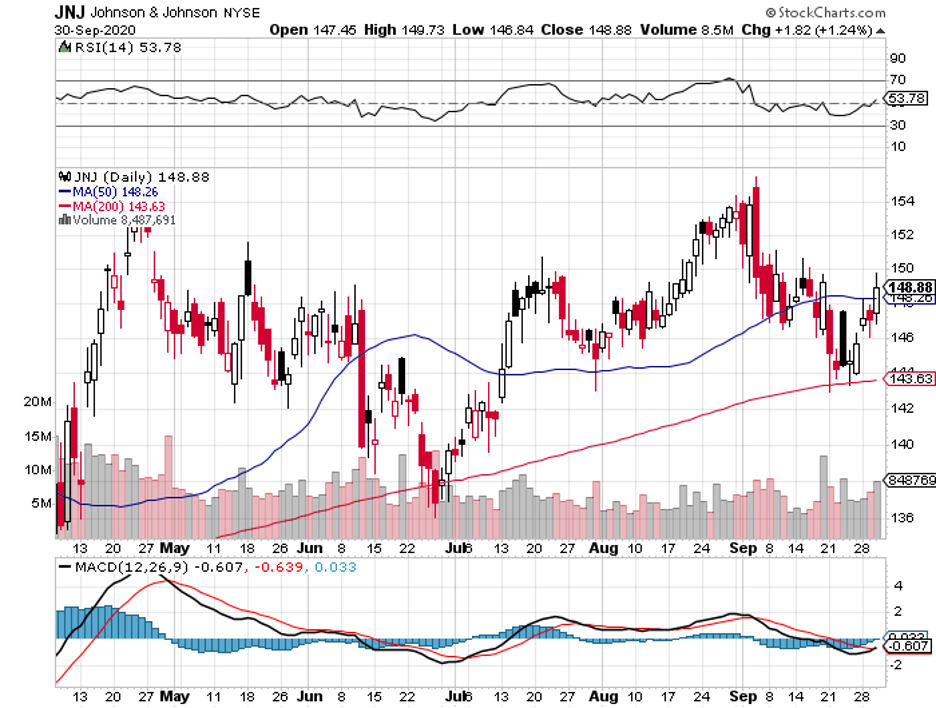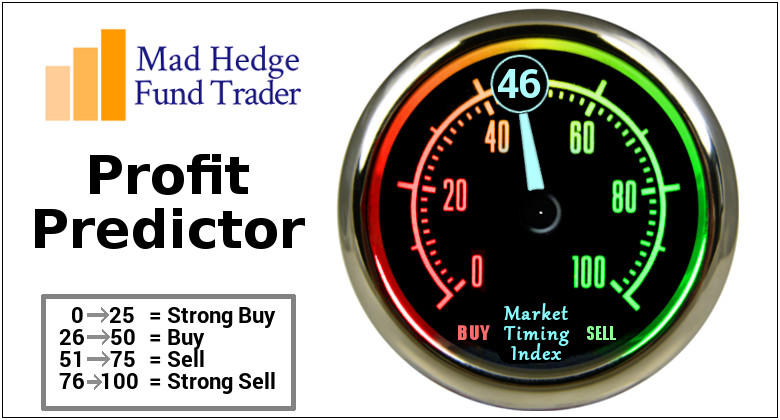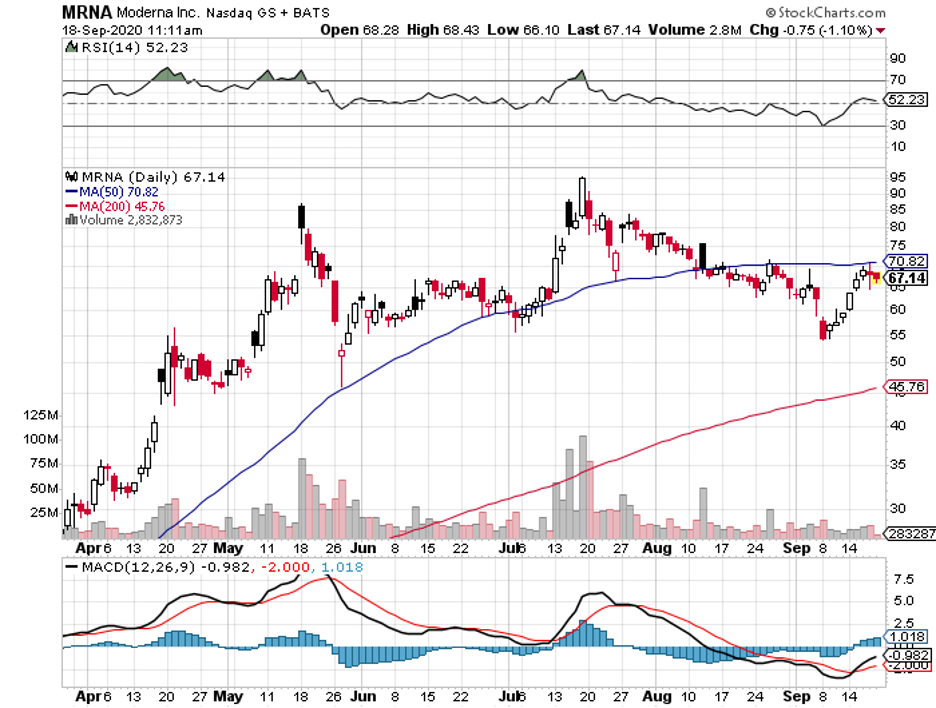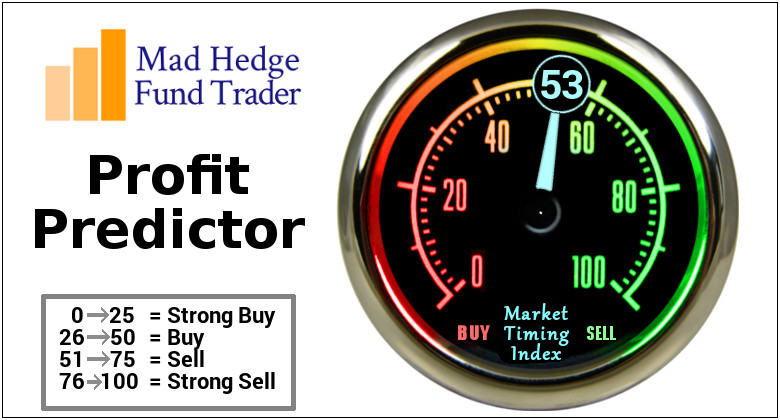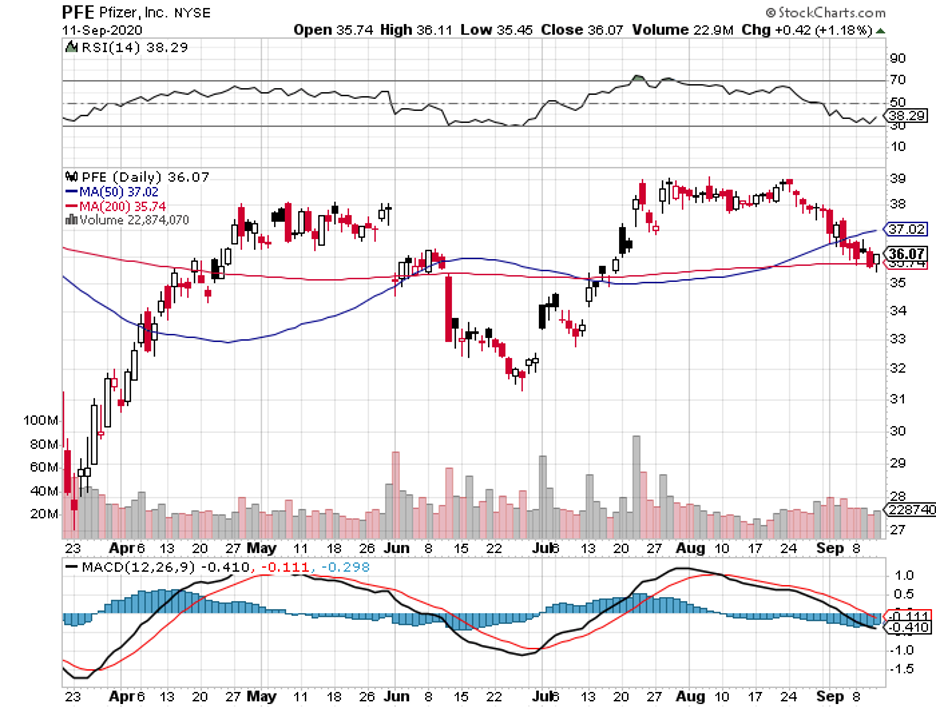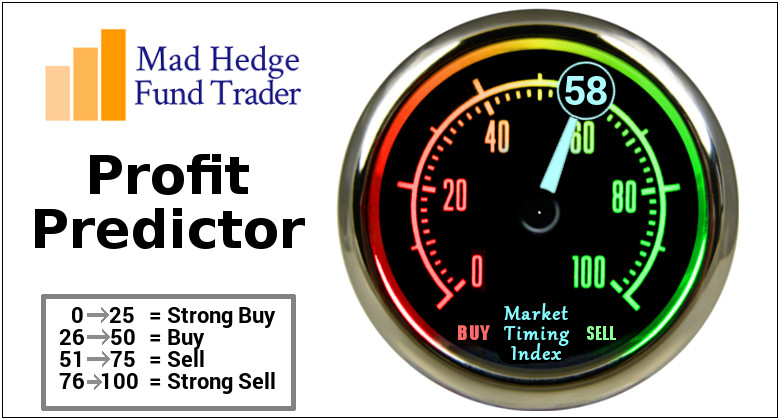November has been an action-packed month so far.
The US election has concluded, and on top of the political drama, Pfizer (PFE), BioNTech (BNTX), and Moderna (MRNA) have released COVID-19 vaccine trial data that look extremely promising.
Since Pfizer and BioNTech (BNTX) announced that their vaccine BNT162b2 offers roughly 95% efficacy, the development resulted in a market-wide rally, particularly in value stocks, with investors starting to anticipate the economy to show signs of meaningful recovery and bounce back to pre-pandemic levels.
Hence, it makes sense to position your portfolio in a manner that reflects these macro developments.
However, the coming months could still push the markets to be even more volatile.
That’s why my advice is to hold investments that have been historically proven to be dependable even in the most uncertain times.
One of the most reliable stocks in today’s tumultuous financial climate is Johnson & Johnson (JNJ).
Aside from Pfizer and Moderna, JNJ has also joined the ranks of COVID-19 vaccine developers brandishing their success.
In the latest update, the company announced that JNJ-78436735 could be ready for FDA approval by February 2021.
Although JNJ is months behind Pfizer and Moderna, JNJ-78436735 holds a huge advantage: it’s a one-jab vaccine.
In comparison, both Moderna and Pfizer require booster shots for their COVID-19 vaccine candidates. The second shots for these are expected to be given roughly a month after the first shot.
Despite not being the first in the market, JNJ still stands to reap the benefits from the recent developments, as the promising COVID-19 vaccine report could boost the company’s sales for its medical devices and consumer health products—a projection that is already coming into shape as JNJ stock gained over 7% since Pfizer’s announcement.
For the third quarter of 2020, JNJ raked in $21.1 billion in global sales, recording a 1.7% increase from the same period in 2019.
While this growth rate is not as exciting as previous reports, it signified a substantial improvement from the year-over-year sales decline in the second quarter, which was at 10.8%.
Sales for its pharmaceutical chapters rose by 4.7%, while its consumer health sector climbed by 3.1%.
More impressively, JNJ raised its 2020 sales guidance by $1 billion.
The company’s revenue guidance is now up to be somewhere in the range of $81.2 billion to $82 billion from its initial forecast of $79.9 billion to $81.4 billion.
Thanks to the diversity in its product portfolio, broad geographic reach, and of course, brand power, JNJ has been able to thrive despite the pandemic.
After all, JNJ has been in business since 1886, which indicates the company’s resilience and capacity to survive crises.
Historically, this company has been known as a safe stock primarily due to its growing dividends.
In fact, Warren Buffett’s Berkshire Hathaway (BRK-A) (BRK-B) has held on to JNJ stock for the past 14 years.
For context, JNJ reported $74.3 billion in sales back in 2014. By 2019, this Dividend Aristocrat’s top line has jumped to reach $82.1 billion. Even more impressively, JNJ has recorded a profit margin of at least 18%.
As a longstanding member of the S&P Dividend Kings, which lists companies that managed to boost their dividends for at least 50 consecutive years, JNJ offers an impressive dividend yield of 2.8%—significantly higher than the S&P 500’s average at 1.8%—translating to roughly $4.04 per share.
JNJ is a good long-term stock to hold.
Although it is admittedly not cheap, its valuation is still reasonable, especially if you think about the dearth of high-quality and safe assets available in today’s extremely volatile market.
So whether you’re a budding investor or a veteran of the market, I advise that you buy JNJ stock on the next dip at its share price to be one of the dividend investors enjoying this company’s revenue.

